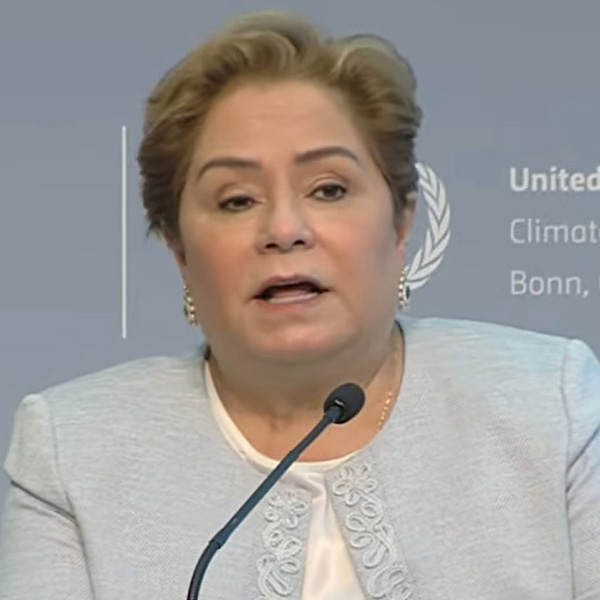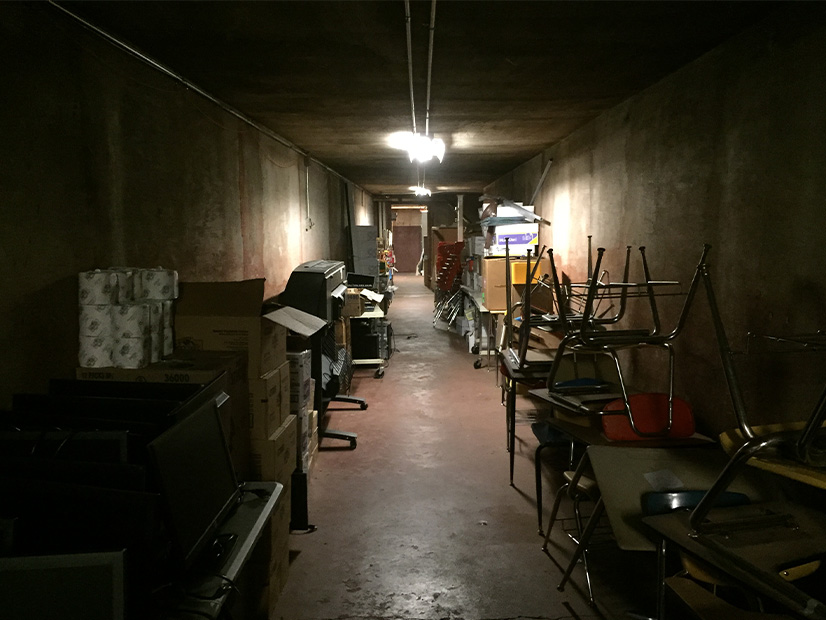Attempting to blunt the impact of the Commerce Department’s solar import investigation, President Joe Biden on Monday invoked a 1930 law to declare a two-year tariff waiver on imports of solar cells and panels from Cambodia, Malaysia, Thailand and Vietnam.
Citing a section of the Tariff Act of 1930, the president declared an emergency threat to the America’s supply of solar panels and electric reliability, which will allow panels from the four Asian countries to be imported into the U.S. duty free for two years.
“This comes as a surprise because this isn’t something that was on our radar or a lot of people’s radar as a way to deal with” supply delays and cancellations caused by the investigation, said Christian Roselund, senior policy analyst for Clean Energy Associates. “But the Biden administration said they were going to do something, and they appear to have found a legal avenue to do so.”
“Two years of imports not being subject to duties is huge,” Roselund said.
However, Monday’s announcement does not derail the investigation into claims by Auxin Solar Inc., a California-based solar manufacturer, that panels imported from Cambodia, Malaysia, Thailand and Vietnam contain Chinese components subject to tariffs imposed by the Trump administration and continued by Biden. (See Biden Extends Tariffs on Imported Solar Panels.)
Depending on the investigation results, new tariffs could still be imposed on solar imports from the four countries, but not until the end of the two-year waiver in 2024.
The solar industry conducted an intensive lobbying campaign urging Biden to provide relief from the tariff investigation. Because more than 75% of panels used in utility-scale projects in the U.S. come from Cambodia, Malaysia, Thailand and Vietnam, the investigation, begun in March, has had a chilling effect on solar projects. A recent survey by the Solar Energy Industries Association (SEIA) found hundreds of developers across the country reporting supply delays or cancellations.
ClearView Energy Partners said the Commerce Department is expected to issue its preliminary findings in the investigation in August, with a final ruling in January 2023. No tariffs resulting from the investigation would be retroactive.
“I remain committed to upholding our trade laws and ensuring American workers have a chance to compete on a level playing field,” Commerce Secretary Gina Raimondo said in a statement released after the president’s announcement. “The president’s emergency declaration ensures America’s families have access to reliable and clean electricity while also ensuring we have the ability to hold our trading partners accountable to their commitments.”
Response from solar and clean energy organizations was swift and positive.
Advanced Energy Economy CEO Nat Kreamer called the tariff exemptions “a needed stay in a more than decade-long tariff war that has been a loser for all parties. Tariffs only raise costs for consumers and don’t create domestic demand for clean energy.”
SEIA CEO Abigail Ross Hopper praised Biden’s “thoughtful approach to addressing the current crisis of the paralyzed solar supply chain. The president is providing improved business certainty today while harnessing the power of the Defense Production Act for tomorrow.”
But Auxin CEO Mamun Rashid issued a statement criticizing Biden for “significantly interfering in Commerce’s quasi-judicial process. By taking this unprecedented — and potentially illegal — action, he has opened the door wide for Chinese-funded special interests to defeat the fair application of U.S. trade law.”
Legal action challenging the waiver is possible, according to ClearView.
DPA and Federal Procurement
The waiver is the centerpiece of a three-part initiative that, ClearView says, reflects Biden’s ongoing efforts “to resolve tensions between domestic politics and [his] transition policy goals. … Fuel prices appear to have pinned the White House between voter backlash against inflation and campaign promises to accelerate [the energy] transition and end federal fossil energy leasing.”
Biden also authorized the Department of Energy to use the Defense Production Act to help expand domestic manufacture of solar panel components, as well as building insulation, electric heat pumps, grid equipment such as transformers, and electrolyzers used to produce green hydrogen.
Federal procurement will also be enlisted to boost domestic demand and manufacturing via special contracts, called master supply agreements, and “super preferences” for made-in-America solar systems. By making it easier for U.S. companies to sell to the government, these measures could increase demand for domestically produced solar panels by 1 GW in the near term and 10 GW over the next decade, according to a White House fact sheet.
The trio of initiatives is aimed at tripling current domestic solar panel manufacturing capacity from 7.5 GW to 22.5 GW by 2025, while also alleviating the negative impacts of the Commerce investigation.
Statements from administration officials pointed to the economic and national security impacts of Biden’s actions.
“In conflict, fossil fuel supply lines are especially vulnerable,” Deputy Secretary of Defense Kathleen Hicks said. The initiatives announced Monday “will help strengthen our supply chains and ensure that the United States is a leader in producing the energy technologies that are essential to our future success. They will also help accelerate DoD’s transition toward clean energy technologies that can help strengthen military capability while creating good jobs for American workers.”
Echoing Hicks, Energy Secretary Jennifer Granholm said the DPA will “help strengthen domestic solar, heat pump and grid manufacturing industries while fortifying America’s economic security and creating good-paying jobs, and lowering utility costs along the way.”
Solar supply chains were a secondary concern for Jim Matheson, CEO of the National Rural Electric Cooperative Association (NRECA), who instead zeroed in on the DPA’s potential impact on the transformer supply chain and electric system reliability.
“Shortages of transformers pose a risk to normal electric grid operations as well as recovery efforts for systems disrupted by a natural disaster,” Matheson said. “The Biden administration’s use of the Defense Production Act to shorten lead times for supplies of electric transformers is a much needed step to support reliability and resilience, and NRECA urges inclusion of all stakeholders in the implementation process.”
‘Get Stuff Built’
A major point of uncertainty for solar industry advocates and analysts is whether the president’s actions will provide the momentum needed to quickly re-open overseas supply chains and accelerate the buildout of a domestic supply chain.
Noting that American demand for solar panels hit 20 GW in 2021, Roselund said, “There’s this huge imbalance between what U.S. factories can supply, even running at full capacity, and what the market demands.”
The waivers will provide a short-term solution for developers, said Mike Kruger, CEO of the Colorado Solar and Storage Association. Two years may not be “sufficient time to get domestic manufacturing pumping out panels,” he said. “But it certainly gives folks a pretty clear signal that they’ve got some runway to get stuff built.”
Kruger and other solar advocates see solar and manufacturing tax credits and other incentives tied up in Congress as critical for the long term. In her statement, Hopper called for passage of the Solar Energy Manufacturing for America Act, which would provide incentives for a range of domestically manufactured solar components, including panels, trackers and inverters.
Roselund also sees the DPA as a short-term solution to a structural challenge for U.S. solar manufacturing ― its higher production costs compared to overseas competitors.
“If the goal is to make everything domestically then you need some way to compensate for the fact that it’s more expensive to manufacture in the United States,” he said. “The most direct way to do that is subsidies.”
Should tariffs cut off imports from the Southeast Asian countries as well as China, he said, manufacturing will go “somewhere else that is less expensive. The likely outcome if we don’t pass some sort of incentives to compensate for the cost difference is that more of utility-scale product gets supplied from places like India and Turkey.”



